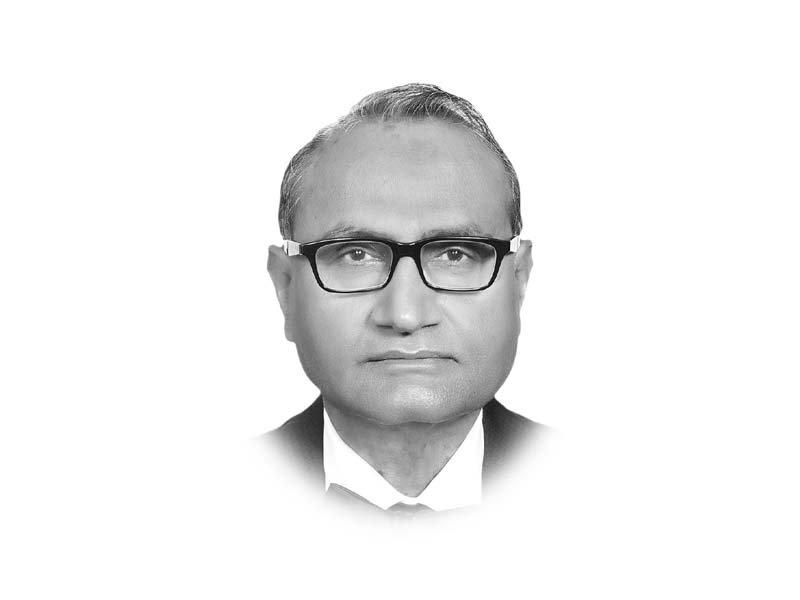
Food prices, atta (flour) and sugar in particular, led the big push in the CPI for January. The New Year hopes were dashed by the ineptitude of the New Pakistan band. Come February and food inflation, on the whole, fell faster than it rose. In urban areas, food inflation in January was higher by 2.8 percentage points, but in February it fell by as much as 4.3 percentage points. In rural areas, food inflation rose by 4.1 percentage points in January; and fell in February by the same extent. What was behind this historic fall? One thing is obvious. If the leadership has the good of the ordinary folks closest to its heart, it can always find ways to provide succour. For decades, the country has had in place a fairly workable system to ensure a steady supply of staples and, in the event of a disaster beyond control, provide relief through subsidised sales from official outlets. The federal as well provincial governments failed to plan the supply before December, making inflation in January the likely peak of the current fiscal year. For the relief, the Prime Minister had to take charge himself to revive the Utility Stores Corporation (USC) against the wishes of his Advisor on Commerce and Industry, order action against hoarding and profiteering to the dismay of some federal and provincial ministers and approve subsidies and hold utility price rise to the surprise of his economic team. This is what has caused the historic fall of the CPI in February. With the petroleum prices cut down significantly, though wisely not to the full extent of the fall in world prices against the PM’s own protestations in the past, inflation is now likely to be on the downhill for the rest of the fiscal years.
The average inflation rate in the first eight months of the fiscal year is 11.7%. In the last two monetary policy statements, the State Bank forecast for the year as a whole was in the range of 11-12%. At a recent appearance before the Public Accounts Committee of the National Assembly, the State Bank Governor extended the upper limit of the range to 12.5%. The last Monetary Policy Committee had met before the January number was available. If the next meeting is held after the CPI for March is known, maintaining the present policy rate will be a hard sell.
Published in The Express Tribune, March 6th, 2020.
Like Opinion & Editorial on Facebook, follow @ETOpEd on Twitter to receive all updates on all our daily pieces.
1729662874-0/One-Direction-(1)1729662874-0-405x300.webp)


1722421515-0/BeFunky-collage-(19)1722421515-0-165x106.webp)







COMMENTS
Comments are moderated and generally will be posted if they are on-topic and not abusive.
For more information, please see our Comments FAQ